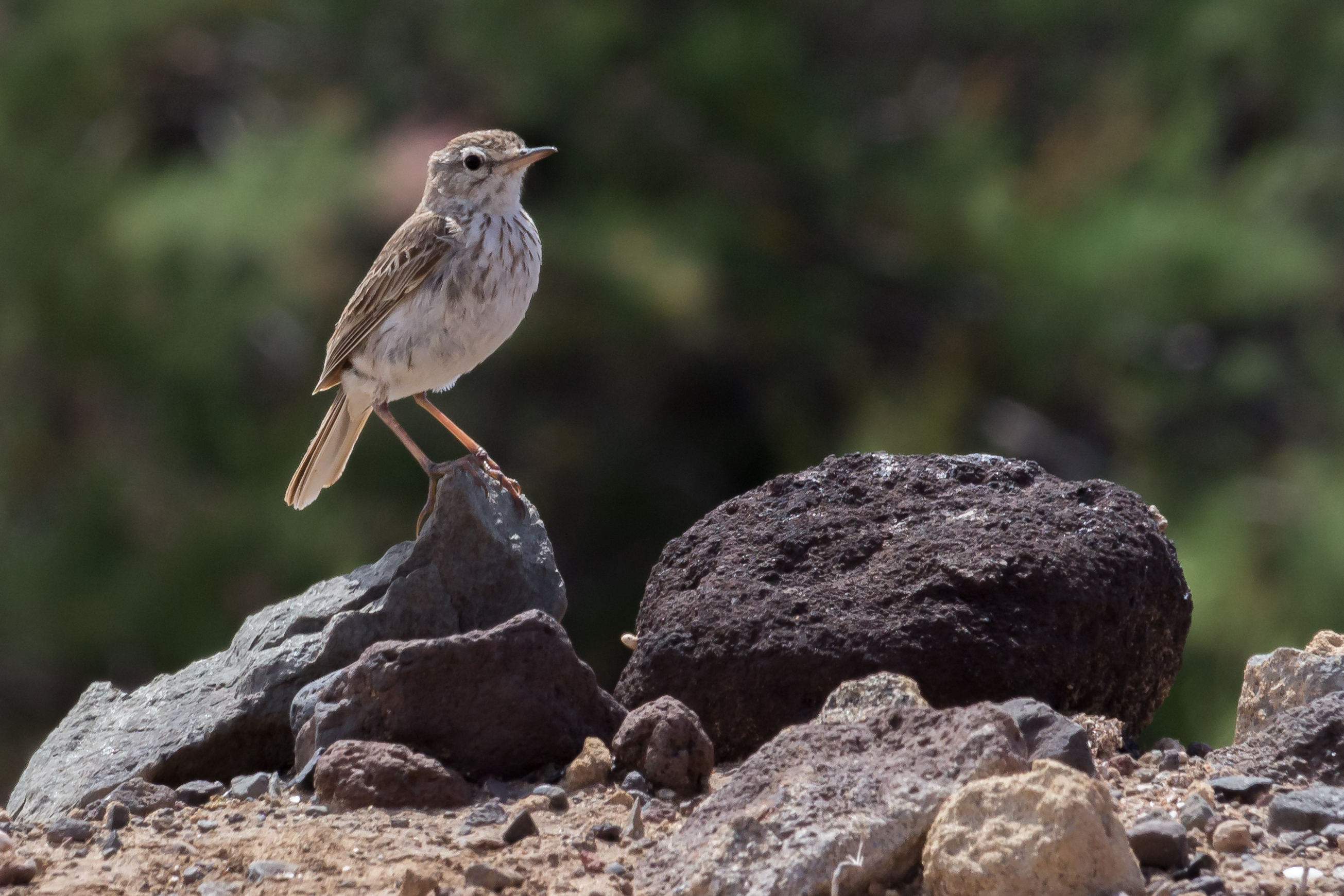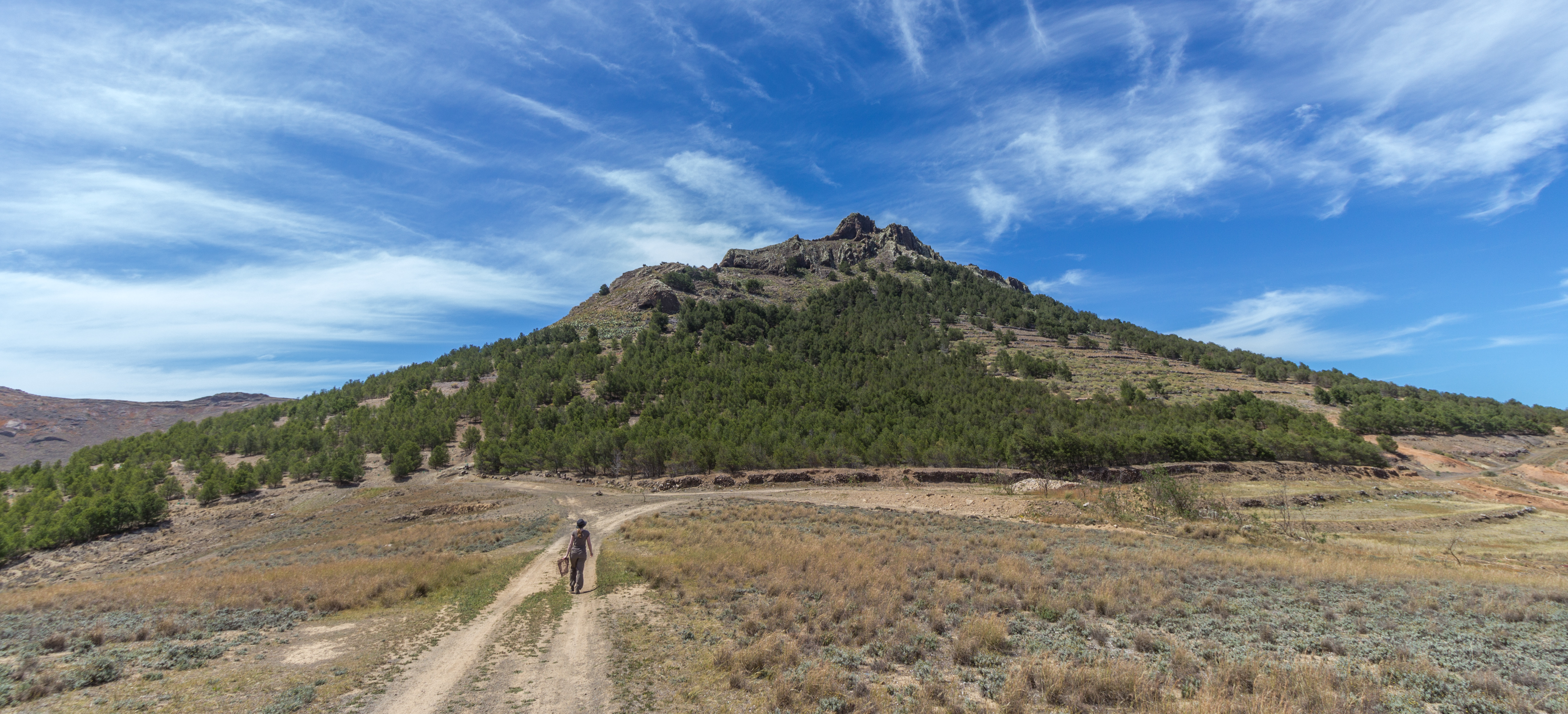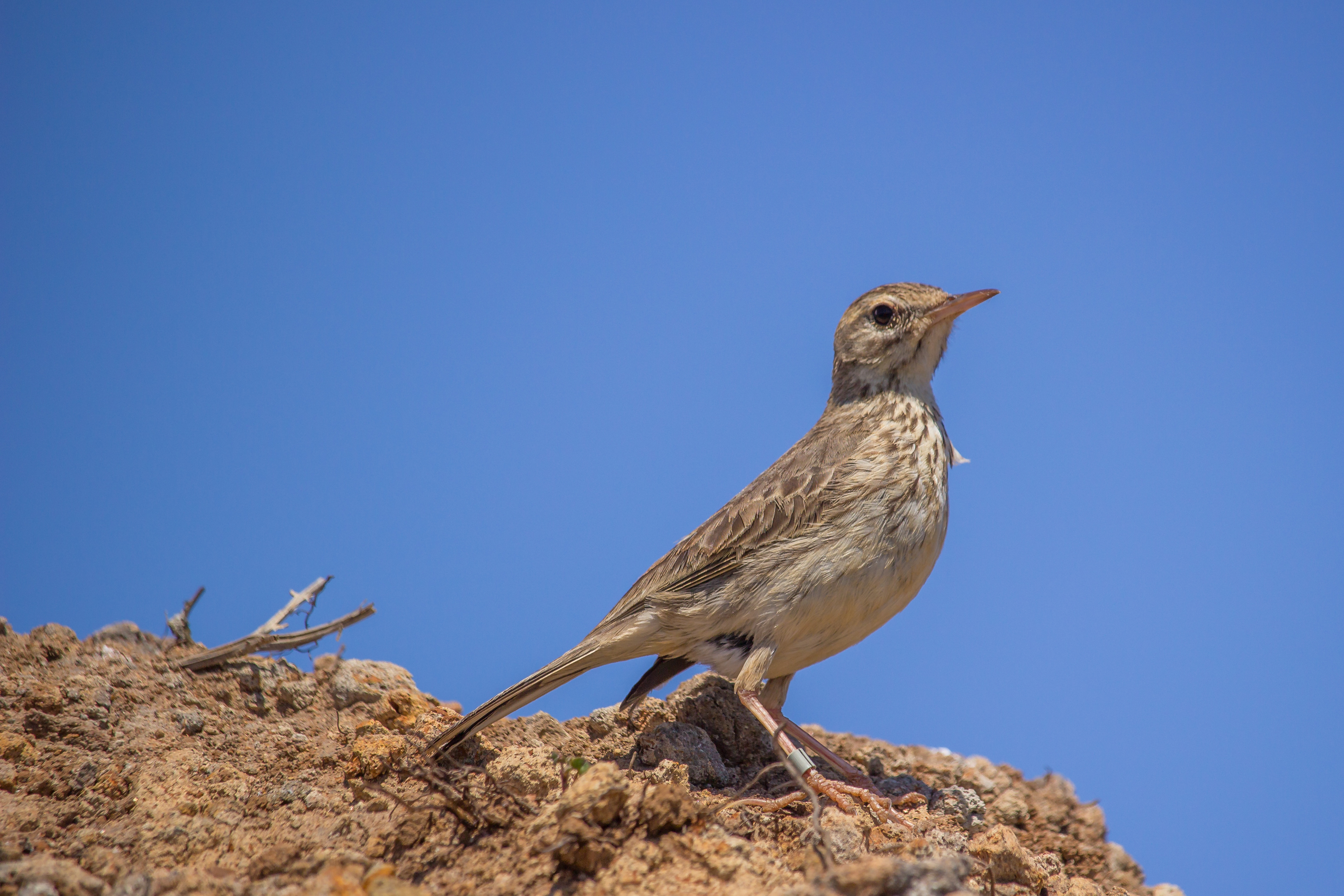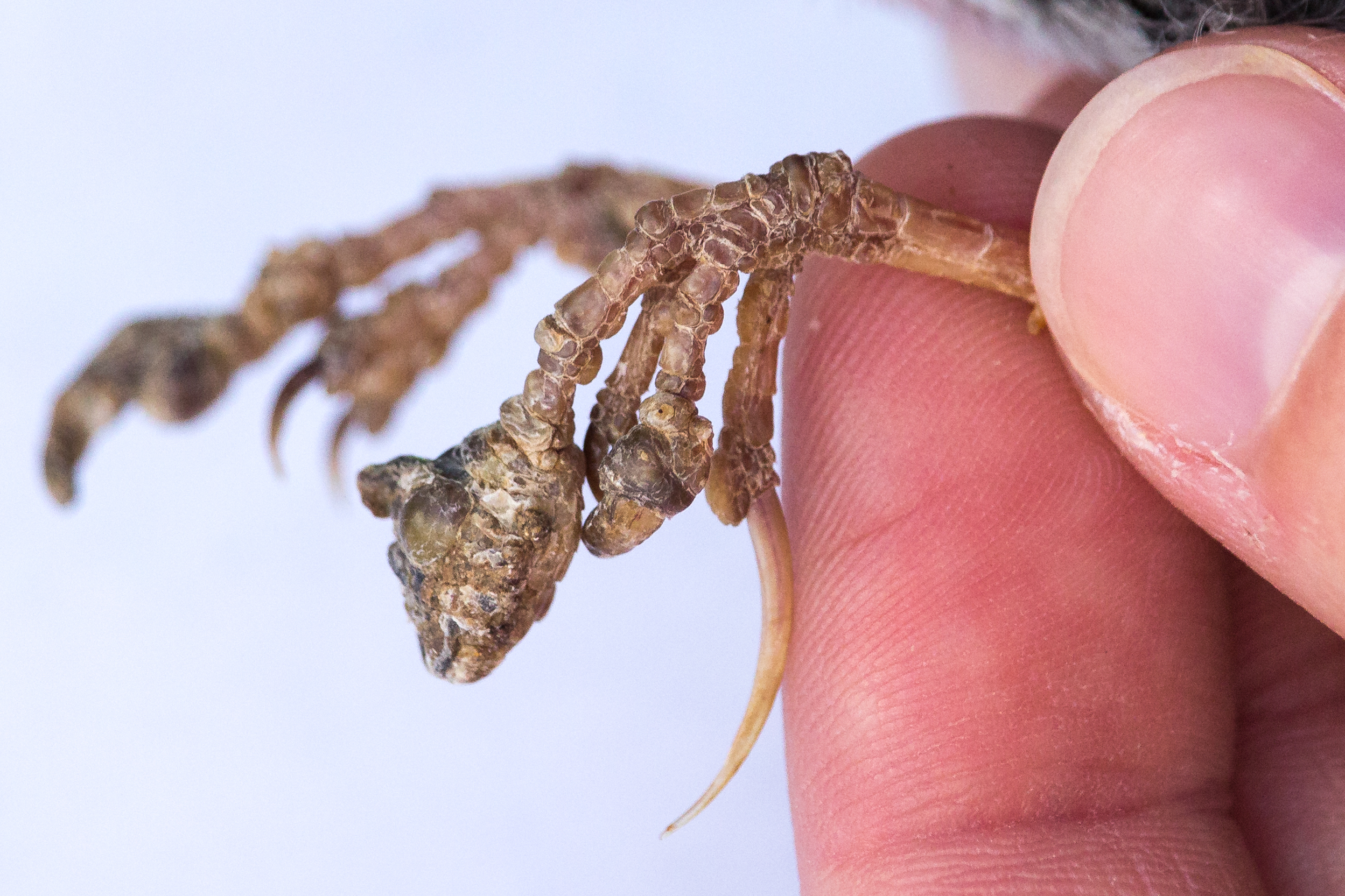A new study published in Evolution Letters has revealed how natural selection and genetic drift shape variation in genomic and phenotypic traits in island populations. The study identified genes that could be influencing variation in beak length and malaria infection rates in populations of Berthelot’s pipit Anthus berthelotii, a small passerine bird that is found across island archipelagos in the Atlantic Ocean. By looking at how these genes evolved, they showed that differences in beak length between archipelagos appear to be driven by colonisation history rather than natural selection. In contrast, variation at genetic regions associated with malaria infection suggests it is a rapidly evolving trait. Here, first author Claire Armstrong explains what her findings tell us about how island populations evolve.

EL: What exactly is genetic drift, what effect can it have, and how does it differ from selection?
CA: Genetic drift is an evolutionary mechanism that causes changes in the frequency of a genetic variant (allele) within a population. Unlike selection, where alleles will increase or decrease in frequency depending on whether they give an evolutionary advantage or disadvantage, genetic drift changes allele frequencies at random. The smaller the population, the stronger the effects of genetic drift, so small, newly colonised populations can quickly end up with markedly different gene pools to their original population.
EL: You studied island populations of Berthelot’s pipit, a small songbird. What made this study system particularly appropriate for your research?
CA: Islands are excellent places to study evolution. Populations on different islands will each experience a different set of selection pressures, shaped by physical differences between the islands, and by different ecological communities formed by each island’s independent history of colonisations and extinctions. Isolation between islands means that individual island communities often evolve independently, and as a result are characterised by unique flora and fauna.
Berthelot’s pipits are found across three island archipelagos in the Atlantic Ocean. Like many island species, these birds face an array of selection pressures that may be causing them to evolve local adaptations, which over time could ultimately result in speciation between the island populations. Berthelot’s pipits in the northern archipelago of Madeira are classified as a separate subspecies, based on longer beak lengths than in the more southern archipelagos. We also find a large degree of variation between islands in infection rates for diseases such as avian malaria. By detecting genetic variants associated with these traits, we can then ask questions about the evolution of this species: are patterns of genetic variation and trait variation suggestive of natural selection, or are they more likely caused by random genetic drift?

EL: There are a huge variety of different traits you could have investigated, including many related to reproduction and survival. What is so special about beak length and malaria infection? Are these traits important for other species as well?
CA: We chose these two traits based on studies by ourselves and others which showed that both beak length disease resistance may be under divergent natural selection between the pipit populations. The evolution of bird beak shapes is very tightly linked with diet and feeding behaviour, making this a very ecologically important trait. A change in diet can trigger rapid evolution on beak shape, most famously seen in Darwin’s finches when droughts have severely altered food availability. Infectious diseases such as avian malaria are also strong drivers of selection. Avian malaria has had devastating impacts on populations of Hawaiian birds, which have only recently come into contact with the disease. In species that have had a longer co-evolutionary history with avian malaria, it can negatively impact body condition, lifespan, and the ability to raise offspring. We’re interested in whether differences in beak length and malaria infection rates between populations of Berthelot’s pipits could be driven by natural selection. But, of course, these are just two traits and it’s certainly true that other traits will be diverging across populations too.
EL: You used a range of genetic analyses in this study, including RAD-seq and GWAS. Can you explain – for a non-specialist – what each of these different approaches tells you?
CA: RAD-seq, which stands for restriction site-associated DNA sequencing, is the method we used to gain genetic information from our DNA samples. This approach uses restriction enzymes to chop up DNA into many fragments. We then sequenced thousands of these fragments scattered throughout the genome in hundreds of birds. This approach of sequencing several thousand genetic sites is more powerful than sequencing just one or a handful of genes, but still much cheaper than sequencing whole genomes.
Once we had used RAD-seq to get our genetic information, we wanted to identify genes that could influence variation in beak length and malaria infection rates in Berthelot’s pipits. We used a technique called a genome-wide association study (GWAS), which looks at how well variation at a genetic marker correlates with variation in a trait. Once we’ve found genetic markers associated with our traits, we can look at where they are in the genome, and see if there are any interesting genes close by.
EL: Once you had the results back from your analyses, what differences did you notice in terms of the effects of selection and drift on your two traits of interest?
CA: Variation in beak length and malaria infection appear to be following very different evolutionary trajectories. We found a genetic marker that was associated with beak length within the Canary Islands, and when looking across the archipelagos, we found the long-billed subspecies in Madeira only had the allele that was associated with longer bills. This makes complete sense, because birds on Madeira have longer bills in general. When we looked at patterns of variation at this marker across the islands, we found little evidence for natural selection at the DNA level. Together this indicates that variation in beak length has likely been shaped by colonisation events and genetic drift.
By contrast, avian malaria prevalence and variation at associated genetic markers did not reflect the colonisation history of Berthelot’s pipits. Instead, patterns of association varied between islands, without consistent divergence between the archipelagos. This suggests that evolution of resistance is complex and constantly changing, with different populations evolving different resistance mechanisms.

EL: Do you have any idea how fast malaria resistance might be evolving in these populations?
CA: This is an area we’d like to get at in the future, by comparing genetic variation in museum specimens with present-day samples. Our previous work has found that both malaria and immune gene diversity vary at the landscape-level within a single island. This could suggest that evolution of malaria resistance is happening rapidly, and at small spatial scales.
EL: Did your genome scan highlight any other traits likely to be currently under divergent selection between the archipelagos?
CA: We found a number of genetic markers that showed signatures of divergent selection between the two subspecies. Looking at their positions in the genome, there were a couple that where situated within genes that play a role in the immune system. Despite not finding evidence for divergent selection for malaria at the archipelago-level, this could suggest there are other aspects of the pathogen community that are exerting different selection pressures between archipelagos. We also found divergent SNPs within genes that have links to metabolism; this could reflect climatic differences between northern and southern Berthelot’s pipit populations, where latitudinal differences are driving divergent selection.

EL: What’s next for your research?
CA: We’re really interested in following up the immune and metabolism genes that we identified as showing signatures of natural selection. We’re also interested in exploring variation in our beak length and malaria genes, this time looking at how individuals vary within islands to see if any landscape factors drive variation in genes, beaks and disease.
Claire Armstrong (@ClaireArmstro) is a PhD student at The University of East Anglia. The study is freely available to read and download here.
